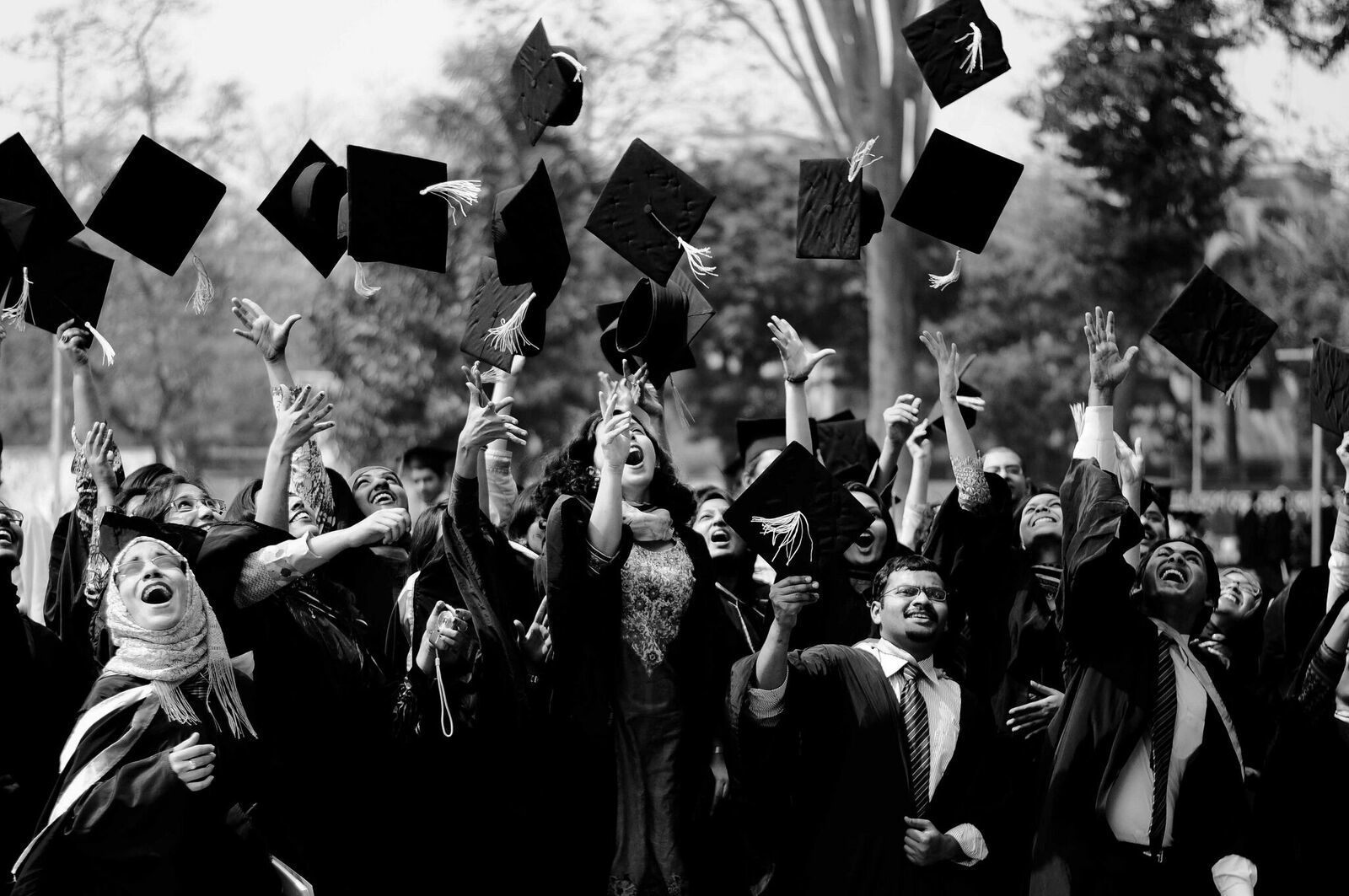It’s a sure bet that many people, upon hearing the term “event photography”, immediately begin to think of fancy gatherings like award shows, corporate fundraisers, weddings, proms, or any manner of so-called black tie affair. But in reality — as far as a photographer should be concerned, at least — as long as you have a gathering of people doing something you may very well have an event on your hands.
It could be an elementary school fundraiser, a community bake sale, a family reunion, a photography meet-up. It doesn’t really matter how the people are dressed or whether there are any celebrities in attendance; introducing your camera to a crowd of people represents an ocean of interesting possibilities and observations, in terms of both human behavior and photography.
Regardless of whether you’re shooting in a very formal atmosphere like a wedding, or a more laid back, casual setting like a birthday party, there are a few universally applicable tips for successfully photographing any event.
1. Be Prepared for Anything
Because anything can happen anytime people are freely mingling amongst one another. Unlike a studio portrait shoot where you, as the photographer, exercise quite a bit of control over the situation, shooting an event is not going to afford you such a luxury. Sure, you might get a few posed group shots (especially at a wedding), but generally speaking, you’re going to have to go with the flow; whatever happens…happens. Your job is to be ready to click the shutter.
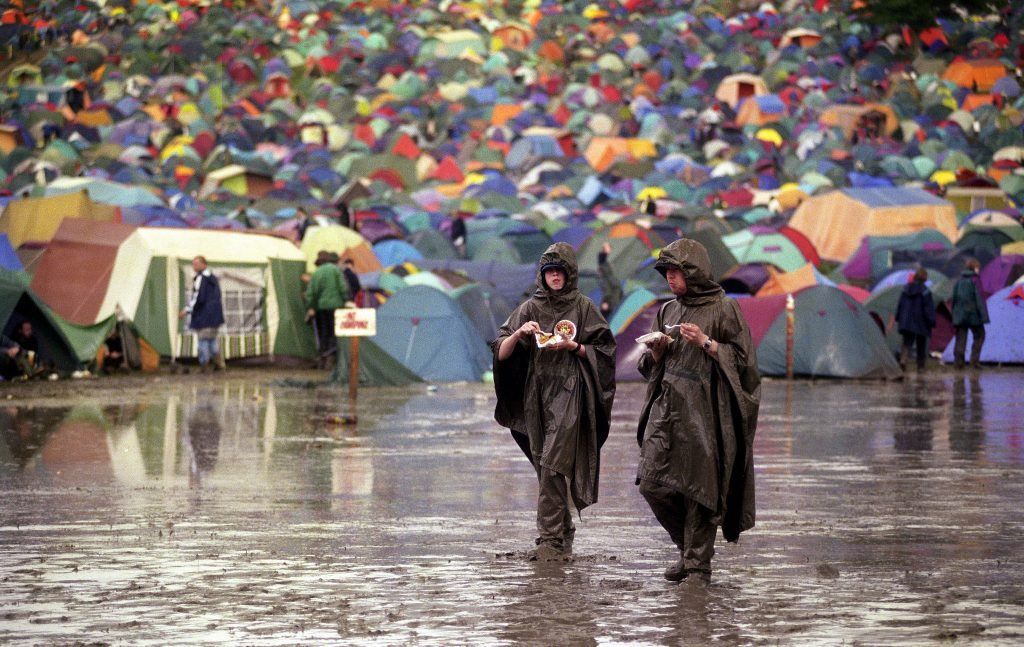
Photo by Paul Townsend
...You're going to have to go with the flow; whatever happens...happens.
2. Capture a New Perspective
Create images that alter the way we normally see things. Events are interesting, thus it would make perfect sense to want to capture images that do justice to said event. One way to make interesting photos is to change perspective. Get very wide angle shots (yes, embrace the distortion), shoot from up high or from ground level. You don’t need to completely disavow the standard straight-on shot, just be sure to add some variety.
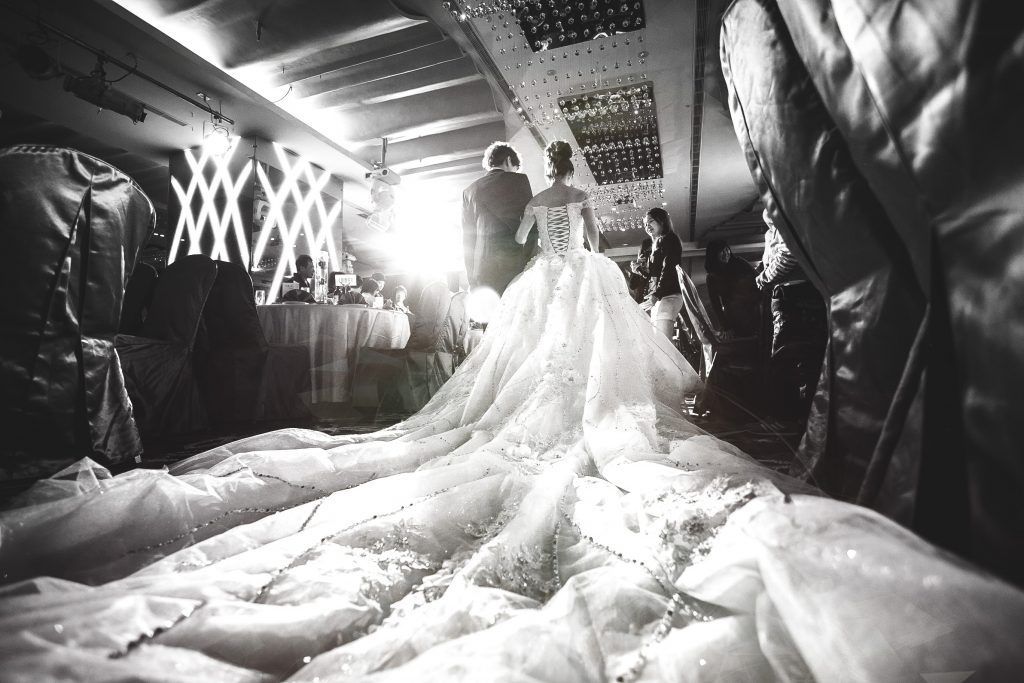
Photo by 古 天熱
3. Shoot a Lot
And by “a lot,” I mean a lot. This, however, is not a call to be haphazard with your shooting, hoping that you’ll get lucky and get some great shots. But with so much going on around you, there’s going to be a lot to capture. Given the spontaneous nature of the environment, multiple exposures will be a great asset to you; catching someone mid-yawn or mid-sneeze or in some other unflattering fashion isn’t what you’re going for most of the time. The idea is to capture the people and the action at their best. You will need observational skills, a quick trigger finger, and maybe a little luck.
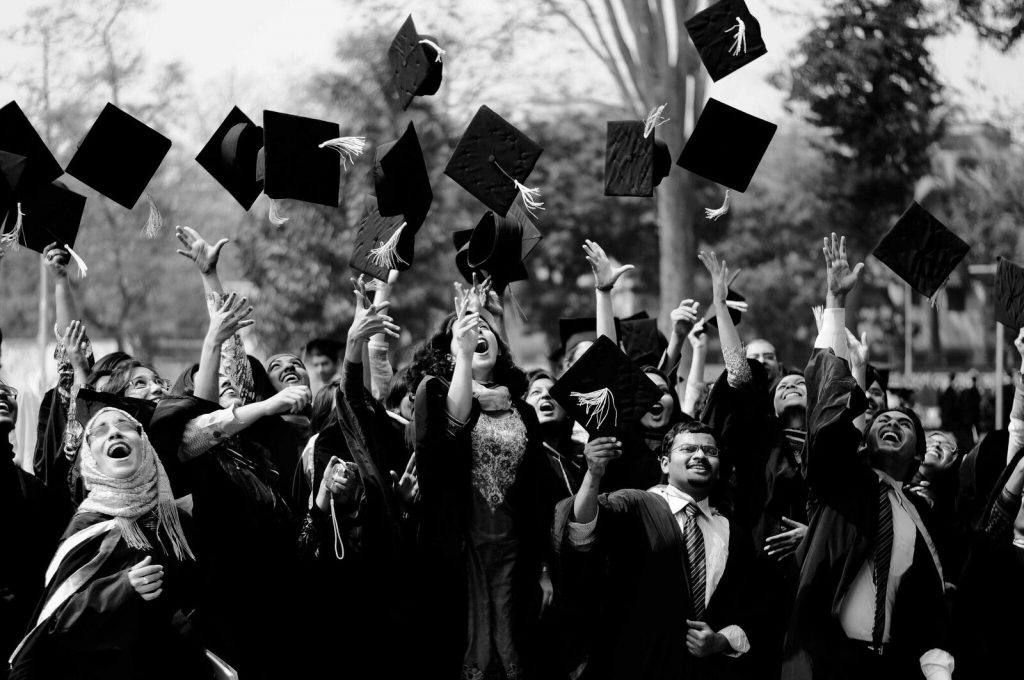
Photo by Md saad andalib
4. Keep It Simple
Don’t go in to an event with the mindset of an abstract photographer. Your best bet will be to keep things simple in terms of composition and framing. Just as we do with books, people tend to read photographs from left to right; action should move similarly in an image whenever possible. And be sure not to crowd your image with too many shapes and colors as this can distract from the importance of your subject. Basic lines and shapes that take the viewer’s eye through a natural progression around the photo are all you need.
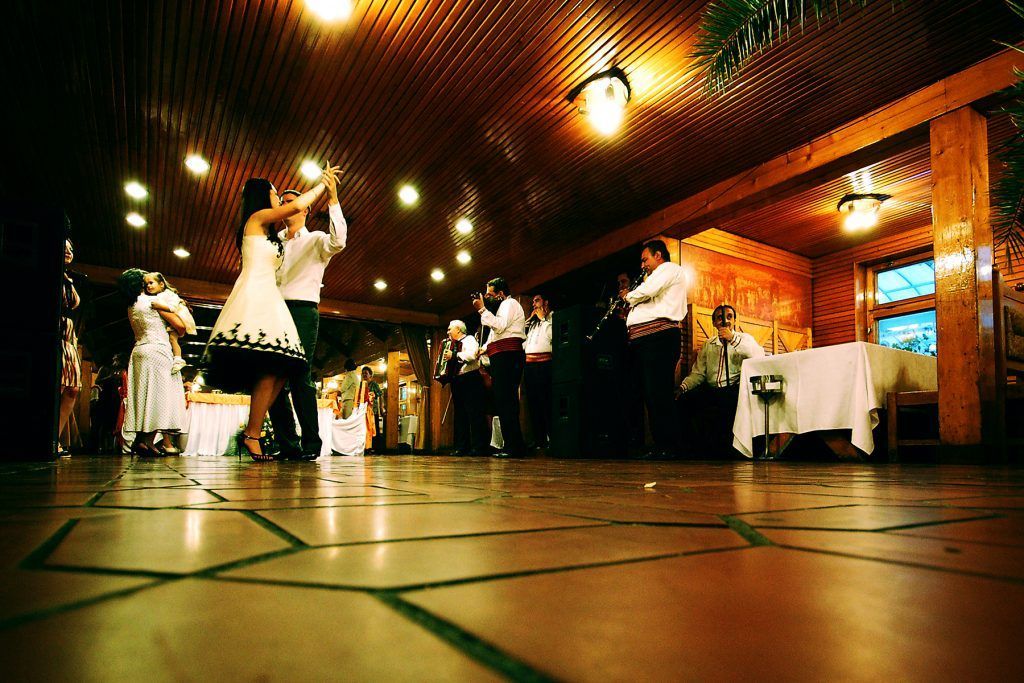
Photo by Luke Addison
5. Pay Attention
At any event, the range of human behavior on display can be astounding. Observe your fellow human beings closely. Notice the subtleties, focus on the details, and extract stories. By telling a story in pictures you can convey what an event is all about without even having to express explicitly what the event is. It’s pretty easy to look at photos of people of a certain age, dressed a certain way, and conclude that they’re attending Comic-Con or some similar event. Photographed the right way — with context and attention to detail — a family reunion is as easily recognized by any viewer.
Details are of particular importance when shooting weddings; while people are indeed the center of attention at a wedding, there are so many other things that play a major role in the day — the rings, the flowers, the cake. Don’t fail to capture these little but meaningful things.
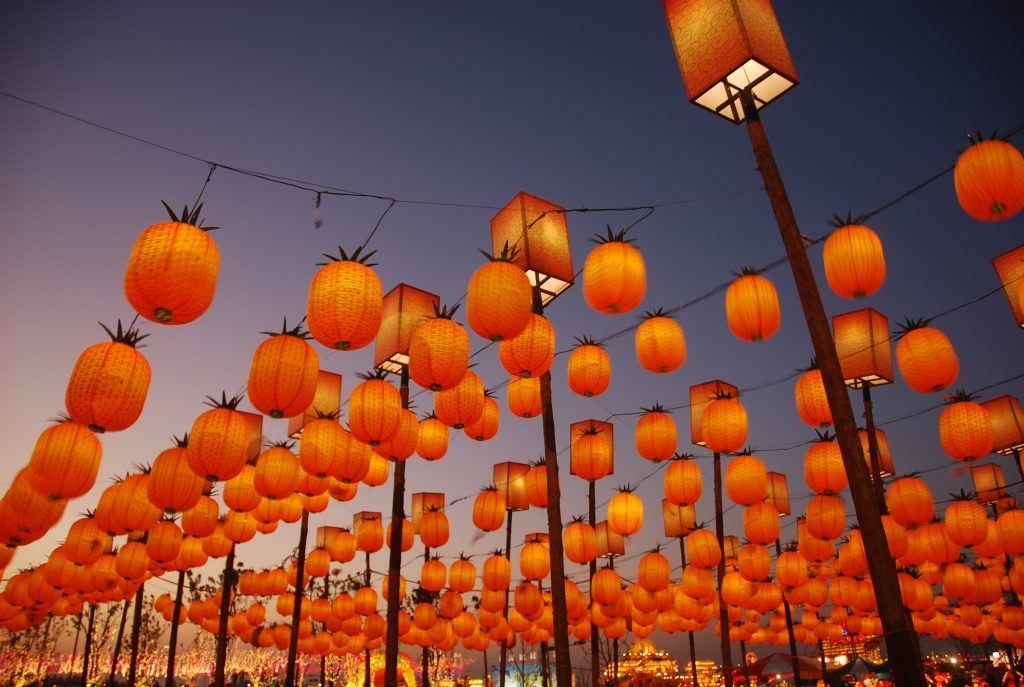
Photo by Ting W. Chang
Observer your fellow human beings closely. Notice the subtleties, focus on the details, and extract stories.
6. Be Properly Equipped
Unless you’re shooting an outdoor event, you should expect the lighting conditions of the location in which you’ll be shooting to be less than ideal in terms of both quantity and quality of light. Concert venues, school gymnasiums, hotel conference rooms, wedding reception halls — they all present something of a challenge. So use your fastest lens and don’t be afraid to boost the ISO level. Using a flash shouldn’t be your first course of action; some places won’t allow it, but even if flash isn’t prohibited, using it might be more of an adverse distraction than anything else. As they say, don’t let perfection be the enemy of good.
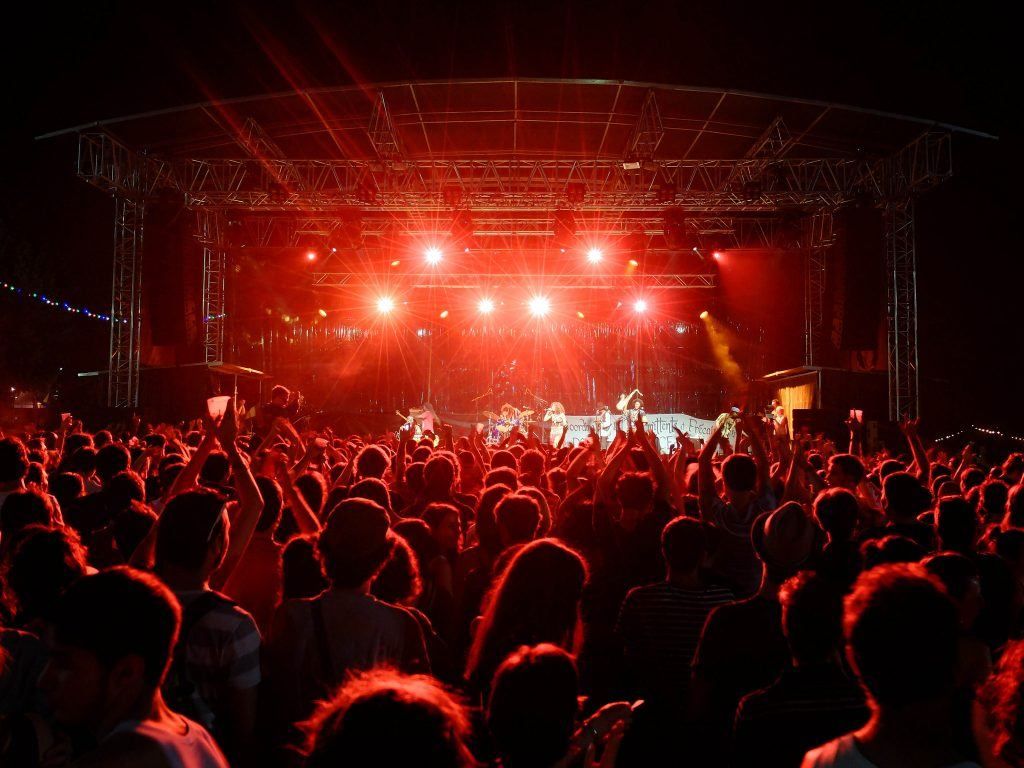
Photo by Maxime Raphael
7. Be Efficient
Move around and work the room without being intrusive; be polite and don’t ruin anybody’s fun. Don’t stress over individual shots, don’t get hung up on trying to get one particular type of shot. Shoot everyone and everything around you from different angles. Think as you shoot and you’ll fall into a groove soon enough.
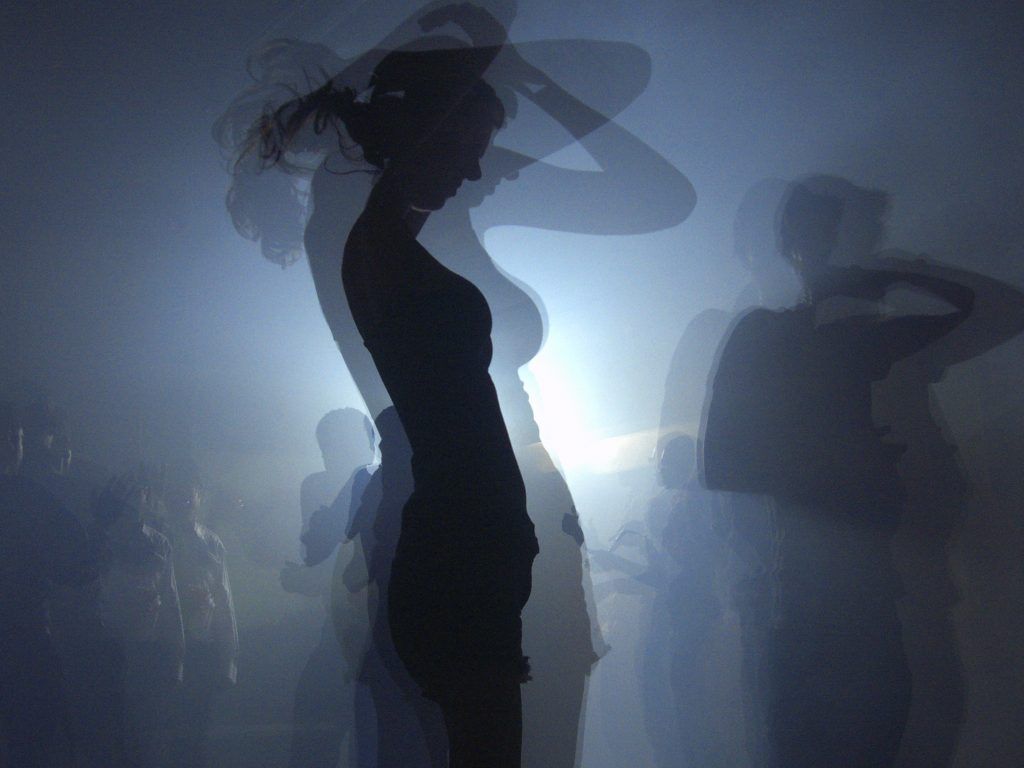
Photo by Ray Weltzenbert
8. Have Fun
There is no doubt that event photography can be hard work. You’re on your feet the entire time, operating at a heightened state of alertness, trying to navigate the crowd of people around you and capture interesting images. It is stressful. But there’s no reason you can’t also have fun while photographing an event. In all likelihood, the event itself will be fun which means the attendees will be having fun — as a photographer you’re allowed to have fun, too. Keep a positive outlook and enjoy the quickly unfolding display of human nature before you. You will forget that you are even working.
Some of these guidelines will apply more to some events than to others, but the essence of each is such that it can — to one degree or another — have universal application. Event photography can be a bit overwhelming at first, but in time you will be able to synthesize all the various components you need to make photographing not only a breeze, but fun.
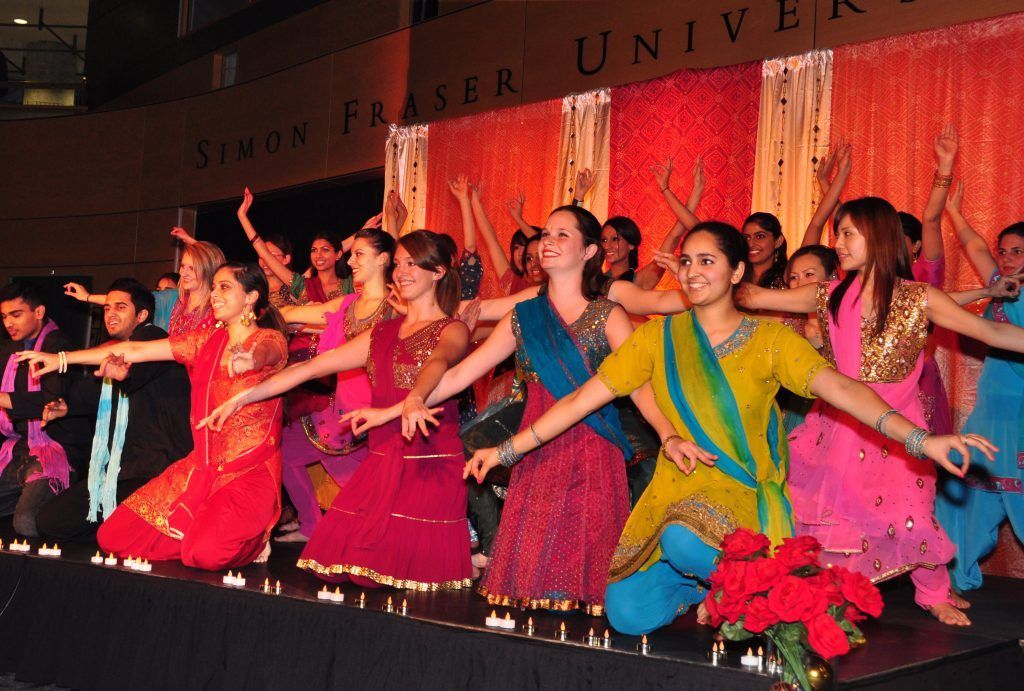
Photo by Simon Fraser University


